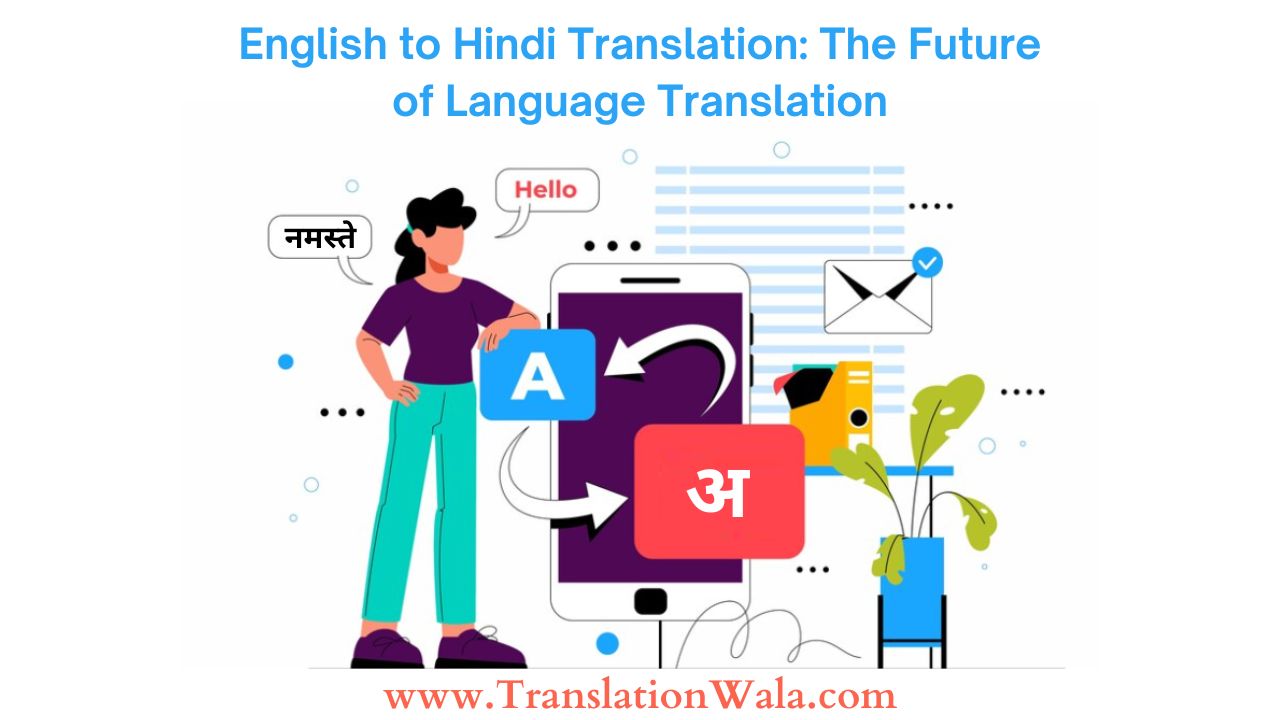The world is becoming more and more like a small town, where people from all over the world speak the same language and use different customs. In countries with many languages, like India, language translation is an important way to help people understand each other and communicate. Within this framework, the field of English to Hindi translation is constantly making progress, and the future holds exciting prospects for its continued growth.
Present Landscape: Achievements and Challenges
Machine Translation (MT) technologies that are very new are now very important for translating from English to Hindi. A lot of people use tools and others that use big data and neural networks to make texts more accurate. These tools are especially useful for interpreting official papers, news stories, and other professional writing.
On the other hand, these tools have their limits. It is still hard to interpret emotions, humor, and cultural references accurately. Depending on the subject and amount of technicality, the quality of the translation can also be different.
Also Read: English to Punjabi translation: We make language barriers disappear
Looking Ahead: Innovations and Opportunities
Exciting new things are on the way for English to Hindi translation in the future. Let’s look at some possible paths:
- AI-Powered Translation: Artificial Intelligence (AI) will learn more about different parts of language, which will make machine translation more accurate and realistic.
- Domain-Specific Translation: With more progress in technology, it will be easier to translate specialty words and sentences used in areas like health, law, and business.
- Personalized Translation: AI will be able to figure out what a translation is about and who it is meant for, making the experience more personalized and user-centered.
- Multilingual Interfaces: In the future, translation tools will be able to instantly translate websites, apps, and software displays, in addition to text.
Opportunities for Indian Languages
There is a lot of promise for the future of language translation in India in the areas of schooling, job development, and writing. Better English to Hindi Translation can help students learn faster and make educational material available to more people. Translated training tools and programs for skill development can give people skills that employers want, which can help the economy. When it comes to literature, modern translation methods can help bring India’s rich literary history to the attention of people around the world.
Also Read: Enhancing Global Reach: English to Tamil Translation for Business Success
Preparing for the Future
Even though it’s clear that technology is getting better, it’s important to remember that translating is a social and culture job. Human translators will still be needed, but machines will help them do more complicated and creative work by taking care of everyday jobs.
Together with ongoing improvements in translation technologies and the ability for AI and human experts to work together well, we will soon be able to communicate more easily and understand different voices that speak different languages. This future has a huge amount of promise to improve understanding between cultures, encourage information sharing, and encourage people all over the world to work together.
